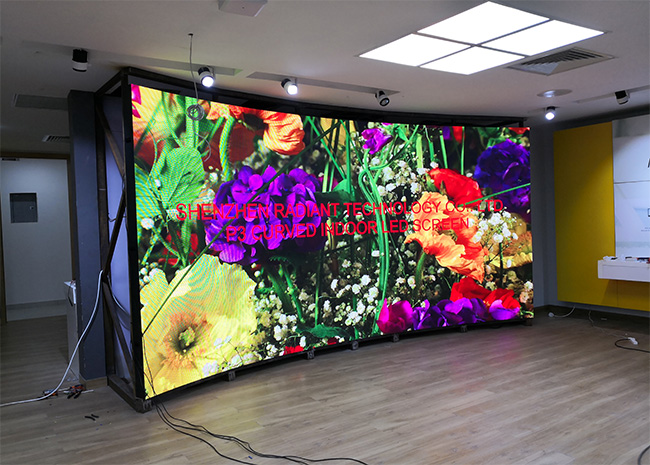Light Emitting Diode panel screens have become increasingly popular in various settings, from homes to businesses as well as communal areas. These panels are known for the vivid as well as dynamic visuals, which make them ideal for conveying information, advertisements, and engagement. Nevertheless, comprehending brightness illumination levels for Light Emitting Diode panel screens is essential for ensuring optimal visual performance. Brightness is measured in units called nits, which show the amount of luminosity produced from the panel. The higher the quantity in candelas, the more luminous a visual is. For, instance, one panel with 1,000 nits is significantly brighter than one featuring five hundred candelas, making it more suitable for well-lit environments.

When choosing a LED wall panel, one becomes crucial to consider the environment where that the screen will be used. In brightly illumined spaces, like shopping malls and open-air locations, higher increased brightness level is necessary for guaranteeing clarity. On the other hand, within darker environments, such as theaters or conference rooms, lower diminished illumination rate might suffice. This is because excessive brightness in an dim setting may result in viewer discomfort among the audience, causing them more difficult for focus on the display. Therefore, understanding specific specific requirements of the installation location can help in choosing a suitable illumination rate to ensure ideal visual experience.
A further crucial element for take into account the contrast differential proportion in an Light Emitting Diode panel screen. This ratio measurement indicates how much disparity exists between the brightest most luminous light versus the darkest black shade which a screen is able to create. A higher differential ratio means that the display is capable of present greater clarity as well as depth, which enhances general visual clarity. For example, one screen boasting an contrast ratio of 10,000:1 will display visuals featuring greater brilliant hues as well as crisper details compared to one with a proportion of 1,000:1. This becomes especially crucial in instances where showing visuals or videos that demand high clarity and detail, including slideshows and advertising content.
Moreover, the mechanism that drives LED wall panels has an essential role in their brightness as well as total performance. Various kinds in Light Emitting Diode technologies, such as OLED and Liquid Crystal Display, possess distinct traits that impact the way brightness is perceived. led wall panels for events OLED panels often provide superior contrast and darker shades, thereby may improve a viewing experience in darker settings. Conversely, standard Light Emitting Diode panels may prove to be better in bright environments because of the ability to generate greater levels of illumination. Comprehending these technological differences will help users in deciding on knowledgeable choices based on specific individual needs.
Finally, consistent maintenance and adjustment for LED wall screens may help maintain ideal illumination as well as performance over time. Dirt as well as dirt can build up in the screen, impacting the brightness as well as sharpness of a visual. Periodic cleaning as well as professional calibration may guarantee that panel screen functions at top optimal, their website providing uniform visual quality. Moreover, certain advanced LED panel panels come built-in built-in features which allow users for adjust brightness settings and hue adjustments according to individual wants. By taking these measures, users will guarantee that their LED panel panels deliver an best display performance, no matter the setting in which these are used.